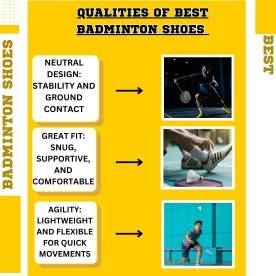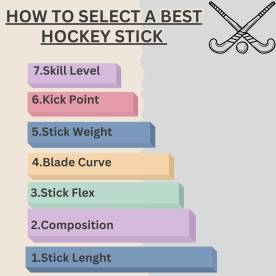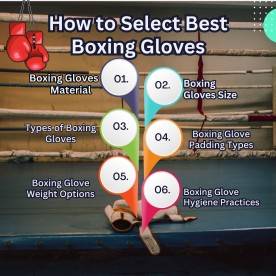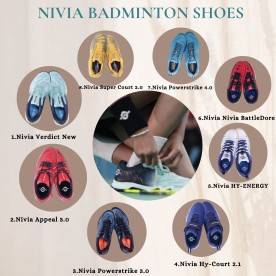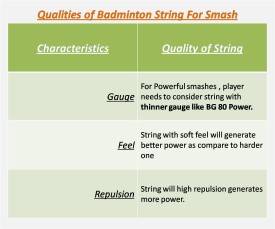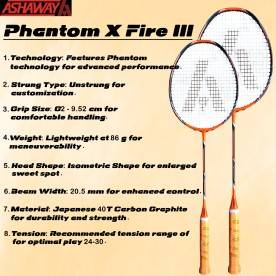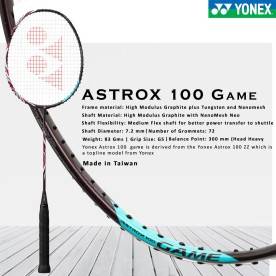International Cricket Council has laid particular standards and norms for cricket ball, which is mandatory for every manufacturing unit to comply with. The specifications of a leather cricket ball have to be maintained which is crafted on the basis of requirement of the game of cricket. Leather Cricket ball forms an important element of the game known to be of riches earlier and its quality, shape and constituents plays a significant role in the standard and spirits of game. 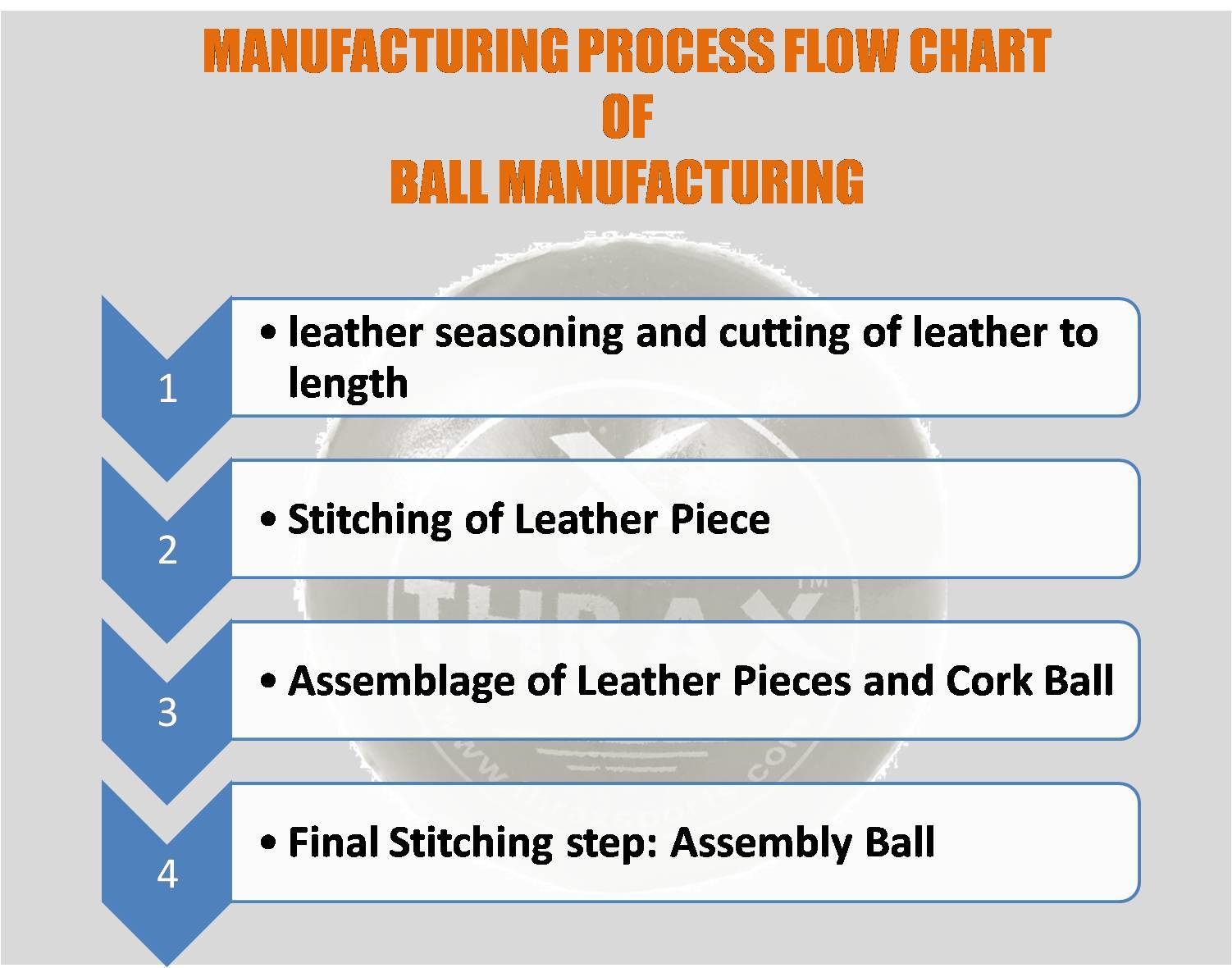
Do you know that a faulty Leather cricket ball or cricket ball with not up to the mark quality, significantly effects the performance of bowlers as well as batsman? Yes, it does affects and is the reason why leather cricket ball is checked by umpiring team before the start of the game.
It involves lots of manufacturing processes that are carried out vigilantly to manufacture an ideal cricket ball, perfect for your team to play the cricket game. It is a religion in a country like India and still its manufacturing units are categorised into Small scale industries. The key mechanism involved in manufacturing of cricket ball are cutting of piece leather, Cork Ball and stitching threads. Weight as well as dimensions of the ball too is to be maintained while manufacturing the ball.
Weight and dimensions of cricket balls
Weight and dimensions of ball are extremely important as there are norms concerned to it, along with the regulations for the ground, pitch, umpires and players in the popular sport of cricket. Dimension and weight of a cricket ball are distinct for men’s and women’s cricket. Weight of ball for women should be between the 4 15/16 and 51/16 ounces with the dimension that may vary between 8.3 and 8.8 inches in circumference. However, for men the weight of cricket ball must be between 5.5 and 5.75 ounces and dimension should be 8 13/16 and 9 inches in circumference.
Let us check out the matter and process involved in making of a cricket ball. The British Standard BS 5993 outlays the guidelines for manufacturing processes details, quality and dimensions of cricket balls and are as follows -
<img src="https://khelmart.com/images/How_cricket_ball_manufactured_India_khelmart_process.jpg" althow_cricket_ball_manufactured_india_khelmart_process"="" class="img-responsive1">
Raw Material: Cork- rubber and leather should only be used as a raw material.
. Basic Manufacturing Method:
• Pressing
• Cutting
• Sawing
• Polishing
Machines used for manufacturing processes:
Press machine, dryer machine, sawing machine and spray.
Cost For Manufacturing:
In making a Red Cricket ball, the approximate cost turns out to be approximately 140 to 300 rs./piece. On the other hand, the approximate cost of manufacturing white cricket ball is rs 300 to 650/ piece. The application of red and white color cricket ball is different as white cricket ball is used in one day and T20 matches and red in test matches. However both are used in domestic as well as international cricket championships.
Let us enquire into making of a cricket ball –
A cricket ball is usually made with the use of a centre of string, cork strips over it and lastly an outer covering of leather. The basic raw material for a cricket ball is same for women as well as men cricket ball, just their dimension and weight is different. As mentioned earlier women’s cricket ball is little lighter than that of men, but both are very minutely standardized by cricket organizations across the globe. Red color cricket ball the usual one and was first to be manufactured.
The balls are made in accordance to the international parameter. Cork strips are wrapped with tightly-wound string. The external skin of leather is divided and cut into four pieces and sewn simultaneously with a stick out seam. The core of every ball has six strips of seaming having three on either side of the seam. This seaming in a ball aids the ball to turn or spin along with making it easy to grip for bowlers and fielders protecting balls from hitting the boundary.
Now with leading names have entered into the realm of manufacturing, players have different preferences based on the outcomes of spin and feel of the ball. The differences in balls are due to the raw material used like type of leather and width of seam.
Let us check out in details the process involved in leather cricket ball manufacturing:-
Process 1 & 2 - leather seasoning and cutting of leather to length
In actual sense, leather pieces are used in making a cricket ball for international platforms. In India, the leather is procured from the farms of Meerut which is checked by a technologist of leather. He sets the sheets with blemishes and scratches apart to eradicate the visual defects in the ball or it can be said that purification of leather is under taken first .
Post clearing the leather, leather is dyed in red or white colour according to the need or order to manufacturing unit. After dyeing the leather into desired shade, it is cut into four parts. Depending upon the need of four piece or two piece leather ball, leather is cut into four and two pieces respectively. It is finally for tanning or drying, treated with chemicals. Drying in sun helps in strengthening and adding flexibility to the leather. Leather is further squeezed, stretched and bend to avoid it from getting stiff.
Have a look at the sub steps of Leather sheet seasoning and cutting into length:
1. Cleansing of leather
2. Colouring of the leather through the process of dying
3. Cutting leather sheet into desired number of pieces which are normally
. Process 3 Stitching of Leather Pieces:
After the cutting of leather is over, the preparation for stitching the leather commences. Leather pieces are the stitched with a thick thread to join the two pieces. Stitching is done quite roughly but is equally of good strength. After stitching, two half pieces of leather can be used for assembling of ball, which is also the subsequent process. Process 4 Assemblage of Leather Pieces and Cork Ball:
Assembling of ball is done manually and with the aid of manual tools operator who holds the cork ball and leather piece together. The operator with needle in one hand and leather and ball in other grip effectively and go on to puncture and stitch the ball and leather together. Process 5 Last but important- Final Stitching step: Assembly Ball
At this stage of processing, operator confirms the ball assembly to get the pre pressing ball shape. This is a last stitching of ball involving skilled operator doing the stitching work with the help with the help of manual stitching tools. In order to give perfect shape to the ball, the operator uses beautiful threads around 63 and 64 that bind the ball completely making it sturdy as well as long lasting.
. Process 6 - Ball assembly pressing, polishing and trade mark stamping:
Pressing- final shape of a leather ball
Here in this step final pressing of ball is done through a press machine which is done manually. The pressure is applied to get the ideal soma. Hand machine tool is made use of, having upper and lower jaw with the two half pieces. Ball is put between the two jaws and human force is applied on ball to procure the desired shape. This is the stage in which shine is added via polishing. The shine of ball decides the swing of the ball. Now the final step is to get your hard work paid through your trademark Greatest manufacturer of cricket balls - India is the leading manufacturer of Cricket balls and have been in practise in England for centuries. But the undue increase in labour cost and rising demand for the product, the balls prices got unreasonable in Great Britain and the centre of ball manufacturing shifted to India. As per survey conducted in 2014, over 90 percent of leather cricket balls are made in India. Meerut and Ludhiana contribute maximum to the above percentage, as maximum number of leather cricket ball manufacturing units are based in these two cities of India. India and Pakistan collectively manufacture 98 % of leather cricket balls produced globally.
- Cricket
Shop by Category
- Cricket Bat
- Cricket Shoes
- Cricket Accessories
- Cricket Batting Gloves
- Cricket Kit Bag
- Cricket Thigh Guards
- Cricket stumps
- Cricket guards
- Cricket Batting Pads
- Cricket Keeping Gloves
- Cricket Ball
- Cricket Chest Guards
- Cricket Helmet
- Cricket Keeping Pads
- Cricket Bat Grip
- Cricket Clothing
- Cricket Ball Thrower
- Cricket Kit Set
- Cricket Score book
- Cricket Mats
- Cricket Elbow Guards
- Tennis Cricket Ball
- Custom Made Bat
- Cricket Practise Bat
- Badminton
- Tennis
- Table Tennis
- Running $ Jogging Shoes
- skating
Shop By Category
- Swimming
Shop By Brands
- Football
- Squash
Shop By Category
- Carrom
Shop By Category
- Boxing
Shop By Category

